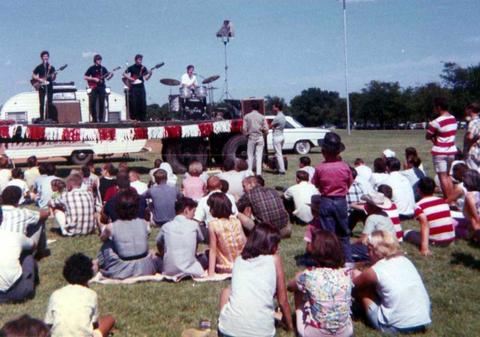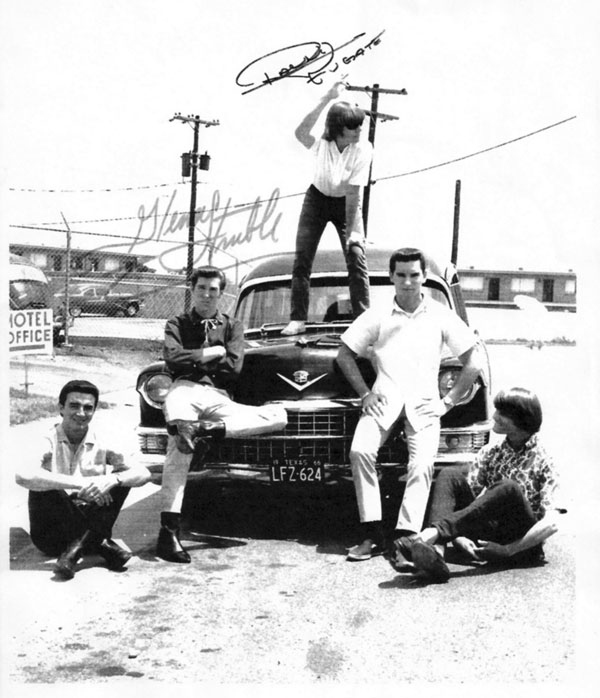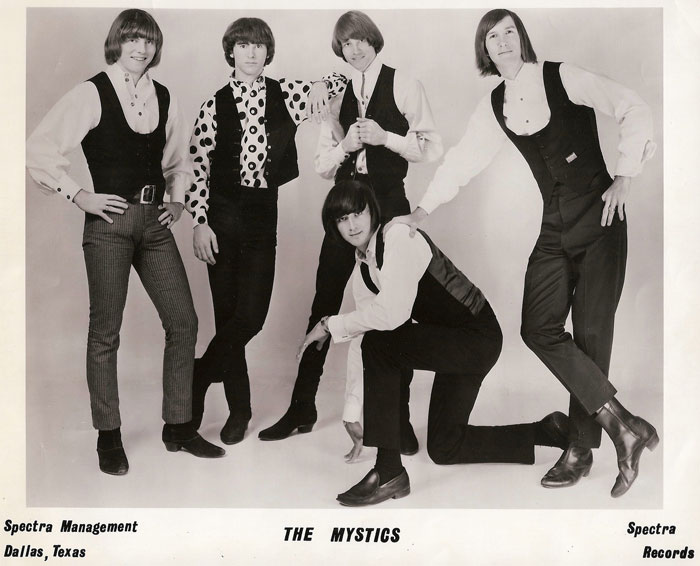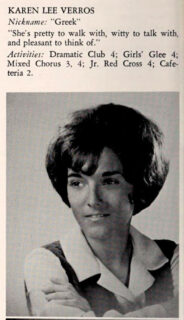
Karen Verros made three singles for Dot Records in 1965 and 1966, her best known being “You Just Gotta Know My Mind” and “Little Boy”. She came from Somerset, Massachusetts, near Rhode Island, graduating with honors from Somerset High School in 1964.
The year after graduation she was in Los Angeles, recording for Dot Records with Jack Nitzsche arranging, and David Hassinger and Mike Minor producing. How she came to the attention of Dot Records I do not know.
For her first record, Nitzsche arranged a Donovan composition, “You Just Gotta Know My Mind”. The prominent bass and solid drumming, the tambourine, vocal chorus and twangy guitar lines, provide an exciting backing for Karen’s lead vocal.
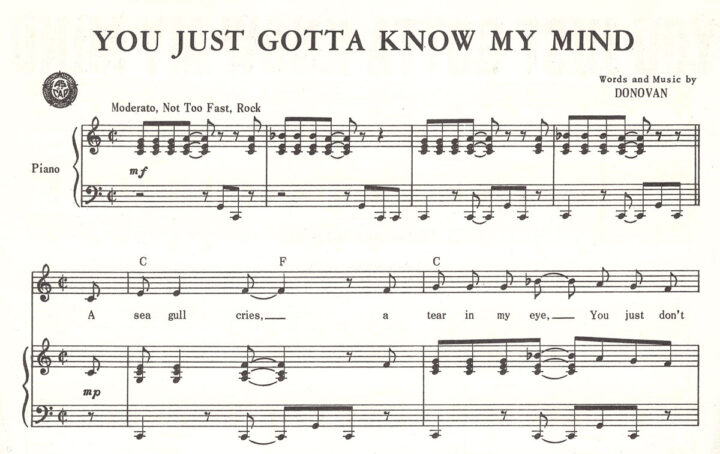
Donovan didn’t release his own recording of the song. It appears he made a demo version that publisher Southern Music distributed on lacquer acetate, as that was a common way for publishers to sell songs. An Emidisc acetate cut for Southern Music sold in 2010, with Donovan’s song on one side, and an obscure Carter-Lewis song “How Can I Turn Away” on the other. Audio of “How Can I Turn Away” has surfaced, but the Donovan demo has not. I would very much like to hear it!
It’s possible one of Karen’s producers found the song because Southern Music Publishing in New York issued it as sheet music in 1965, with a piano arrangement by George N. Terry. Nitzsche’s arrangement closely follows the sheet music.
Steampacket II cut a version of “You Just Gotta Know My Mind” in 1966 on a Sweden-only 45 release, and in 1968 Dana Gillespie recorded another good version of the song for a UK single and her first album Foolish Seasons. However, Karen’s version is the first and definitive recording.
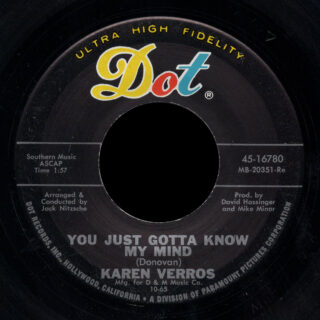 Released in October 1965 on Dot 45-16815, the labels read 1:57 on the A-side, but play a version fifteen seconds longer that repeats the first verse after the guitar solo. The B-side is the vocal-less backing track of “You Just Gotta Know My Mind” with an overdubbed lead guitar, titled “Karen’s Theme”.
Released in October 1965 on Dot 45-16815, the labels read 1:57 on the A-side, but play a version fifteen seconds longer that repeats the first verse after the guitar solo. The B-side is the vocal-less backing track of “You Just Gotta Know My Mind” with an overdubbed lead guitar, titled “Karen’s Theme”.
There are both vinyl and styrene versions of the single. I’ve read that the first pressing of the 45 features an edited 1:57 version of “You Just Gotta Know My Mind”. However, I’ve had two vinyl copies and one styrene, and all three played the 2:12 version of the A-side despite the 1:57 time listed, and had “Re” on labels & in the dead wax.
Ace used a Sunset Sound Recorders acetate (or possibly an edited tape) for the 2006 CD release Hard Workin’ Man – The Jack Nitzsche Story, Volume 2. I believe this is the source for the 1:57 version. If someone has a Dot 45 that actually plays a 1:57 version of the A-side, please contact me!
Unfortunately this single does not seem to have had any push from Dot Records, as I cannot find any promotion or reviews in the trades.
Karen’s earliest television appearance may have been on Let’s Go Go in November, 1965, with Tommy Roe, the Plymouth Rockers and John Astin (Gomez Addams from the Addams Family, who had a 1965 single on United Artists, “Querida Mia” / “Wallflower Pete”). I’m not familiar with this TV show. The episode was announced in the Journal of Jersey City, NJ.

This one received a good push from her management, as Karen appeared on what seems to have been the final episode of Hollywood a Go Go in February 1966, lip-synching to both sides of the record. Other performers were Freddy Cannon, the Byrds, the Bantems, the Everly Brothers, Bob Lind, David Watson and James Darren.
Cash Box reviewed the single positively on January 29, 1966, while Billboard mentioned “I Can’t Remember Ever Loving You” but not “Little Boy”. The next week Dot listed the single in an ad in Cash Box and Billboard featuring Bonnie Guitar and many other new releases.
On January 30, 1966, Karen appeared on the Danny Thomas Teen-agers’ Shindig at the Riverside Municipal Auditorium on a long lineup that included the Spats, the Sunrays, Barry Richards, the Paris Sisters, Dick and Dee Dee, Donna Loren, the Grads, and the Beauchemins, along with some who are unknown to me: Bobby Perris, Tony Dow, Paul Peterson, Tony Thomas, and the Germs (!).
She appeared on Where The Action Is at least twice, in April 1966 with Otis Redding, Steve Alaimo and Paul Revere & the Raiders, and in May, 1966 with Susan Rafey, Tina Mason and Cindy Malone.
Her third and last record on Dot was “Wish Me A Rainbow” / “So Warm My Love”, arranged by Pete King, and released in the summer of 1966. The A-side was the theme from the Natalie Wood & Robert Redford movie This Property Is Condemned, however the film & soundtrack versions were sung by actress Mary Badham.

Around the time of her last Dot release, Karen joined the Young Americans song-and-dance group. The Ottawa Journal ran two profiles of the group: first on August 25, 1966, and another on September 3 that quoted Karen and described her as “a newcomer to the Young Americans.” The group appeared at the Central Canada Exhibition grandstand show.
The Young Americans originally formed in 1963 at Birmingham High School in Los Angeles. According to the Journal, M.A. Turnquist was business manager and Phil Azelton music director.
The Boston Globe ran a short item about the Young Americans on November 18, 1966:
The Young Americans, who were such a smash hit on the Andy Williams Show and the Allen Sherman special the past fortnight, will help Perry Como pry open his new season next Monday. One of its members, Karen Verros, will be watching from the home of her parents in Somerset.
On September 28, 1968, Cash Box reported:
Newest indie production firm on the coast is Raydan Prod., with Ray Katz and Danielle Mauroy partnered. Initial deal with MGM Records calls for four artists – two already released (Judd and Lisa’s “Some Other Place” and Mayf Nutter’s “Daddy Love You Boy”) with Karen Verros set to cut this week. Katz also manages a fistful of talents including Fran Jeffries and Eva Gabor. Mauroy was formerly with Barclay Records in France. Raydan is located at 9000 Sunset in L.A.
If Karen recorded for Raydan or MGM, there were no releases to my knowledge. Danielle Mauroy had produced the Lollipop Shoppe’s Just Colour album on Uni earlier that year.
On January 8, 1971 the Concord Transcript ran this notice:
Leather and Lace has top billing in the Topaz Room of Nevada Lodge … Leather and Lace has four men and one woman. All members are good enough to be considered lead singers. But Karen Verros – who is the lace of the group – is a stand-out as they perform a fast, exciting act.
An evening of Leather and Lace almost always includes the full assortment of entertainment hor d’eourves [sic]: rock ‘n’ roll, folk songs, pop numbers, spiritual songs, show tunes, comedy material and flashy dance routines.
Two members of Leather and Lace were formerly on the Doodletown Pipers television series, another was a member of the Kids of the Kingdom at Disneyland, and two were performing with a well-known rock group.
Leather and Lace record for Mercury records. The male contingents are Craig Ward, Chet Cook, Larry Walker, and J.C. Ferris.
I can’t find any recordings on Mercury Records for Leather and Lace, and I wonder what was the “well-known rock group” that the clipping mentions. The Reno Gazette also reported on Leather and Lace on June 11, 1971. That is the last notice I can find of Karen’s musical career.
Karen Verros was one of ten child performers including Chris Barnes (Turner Doyle in The Bad News Bears) who had money in savings bonds held by the Los Angeles Family Court, according to an article in the Los Angeles Times on April 26, 1998.
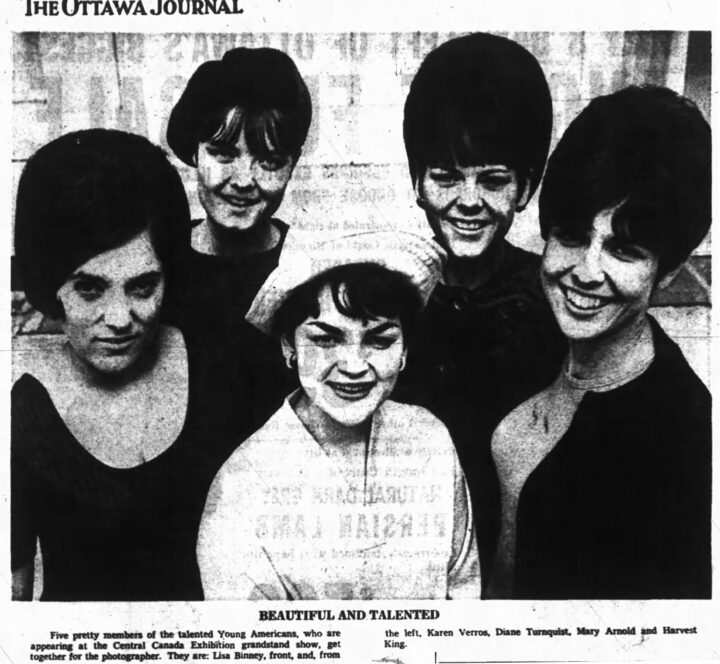

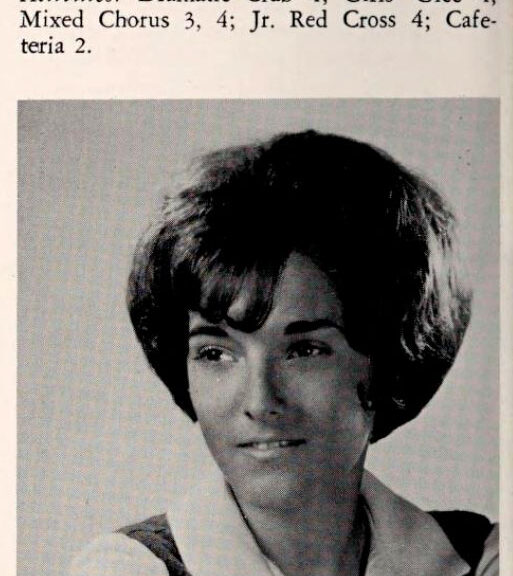
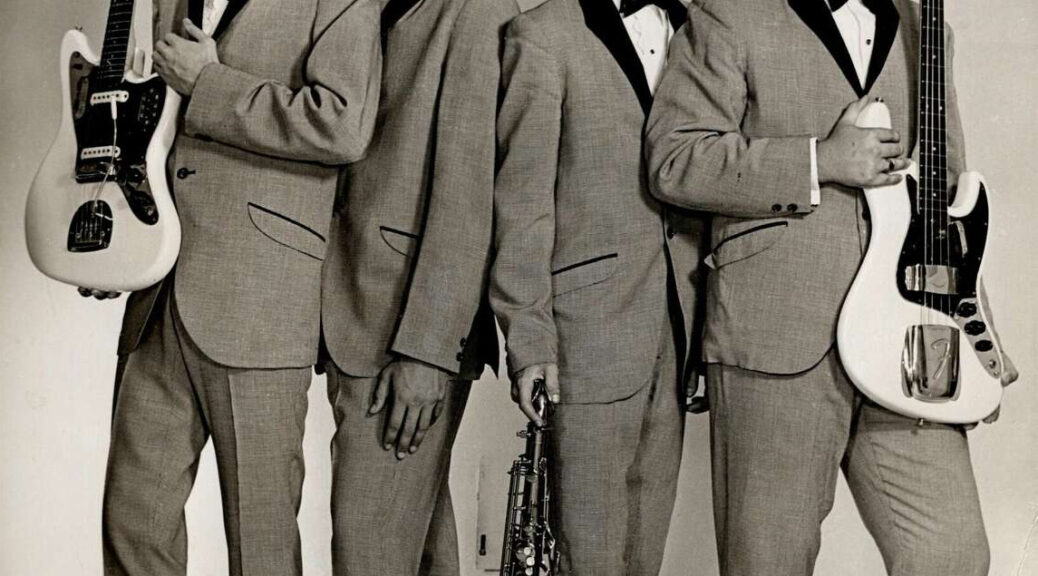
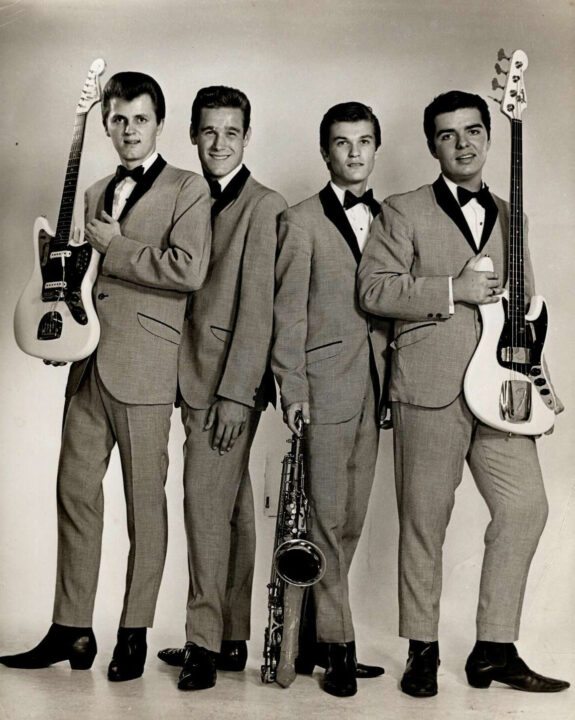
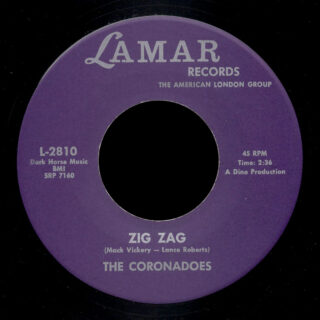
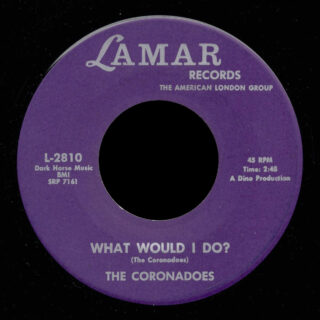
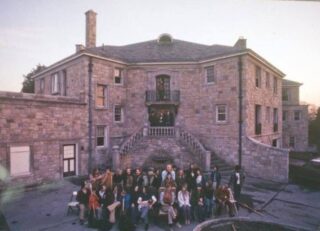

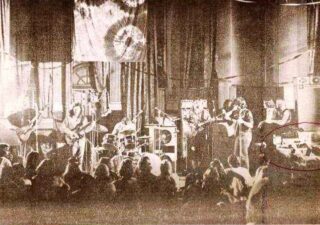

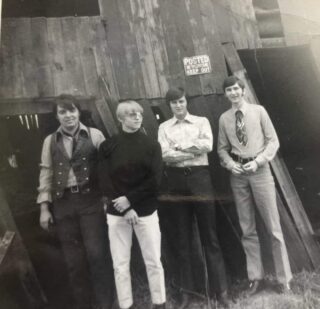
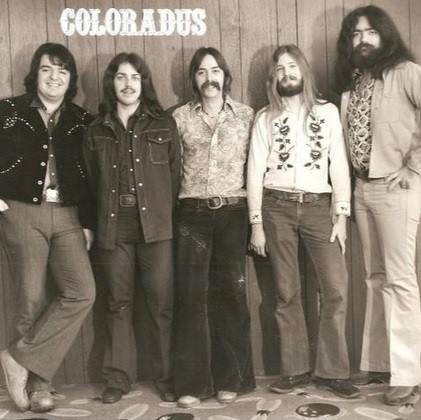
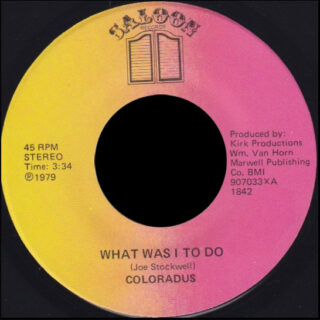
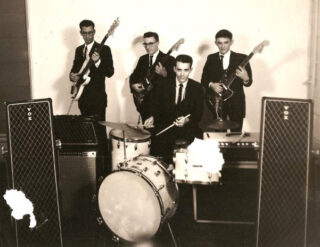
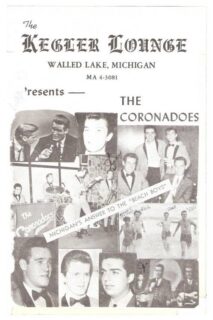
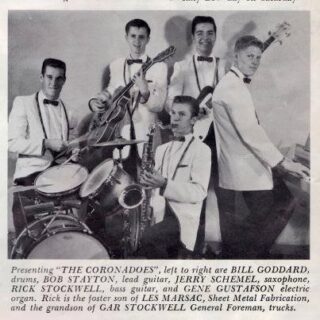
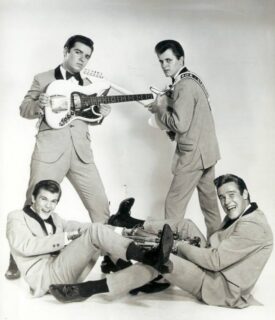
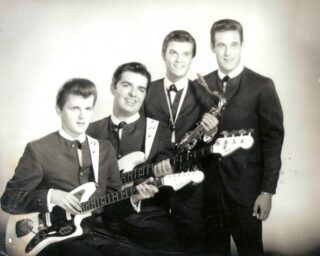

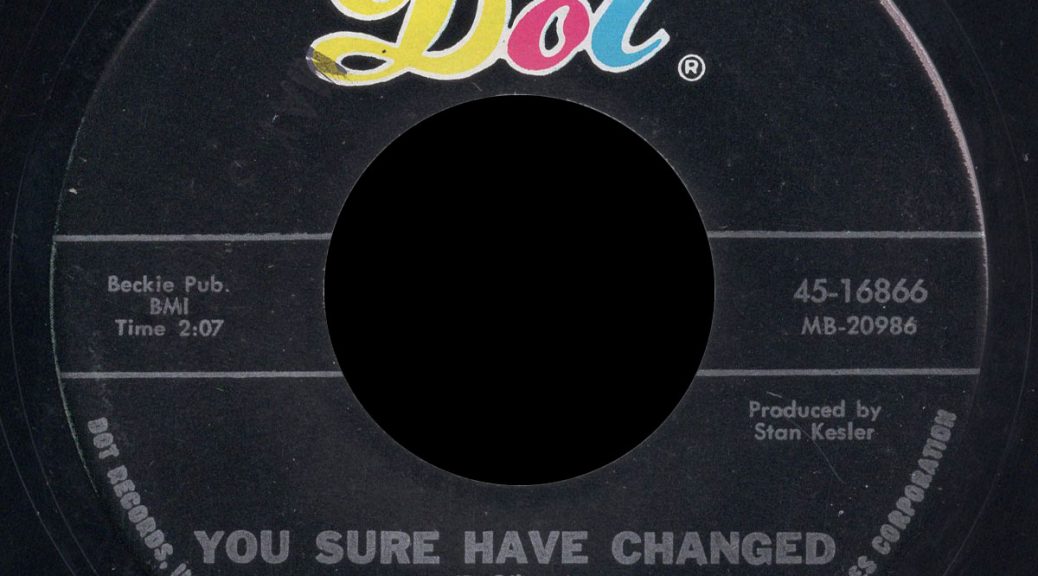
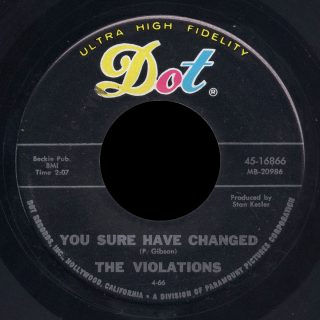
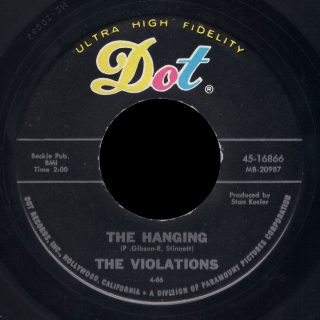
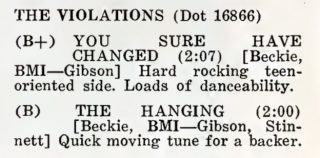
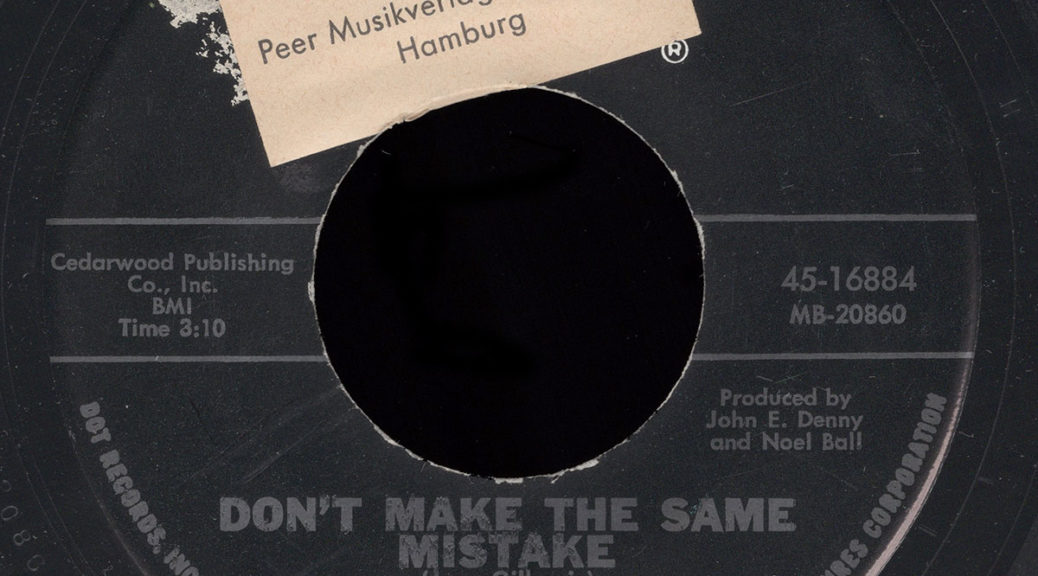
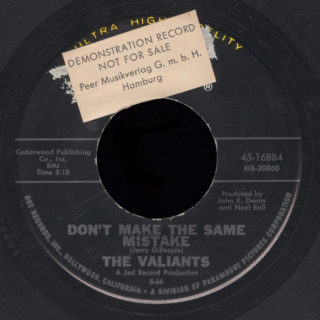
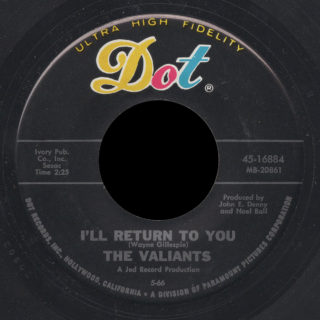
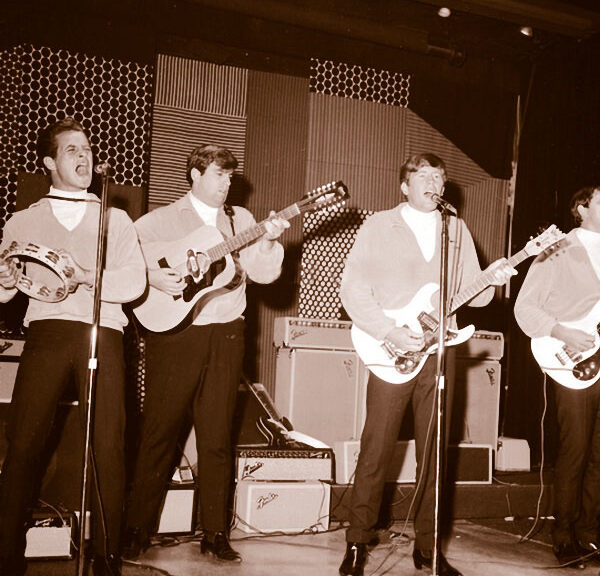
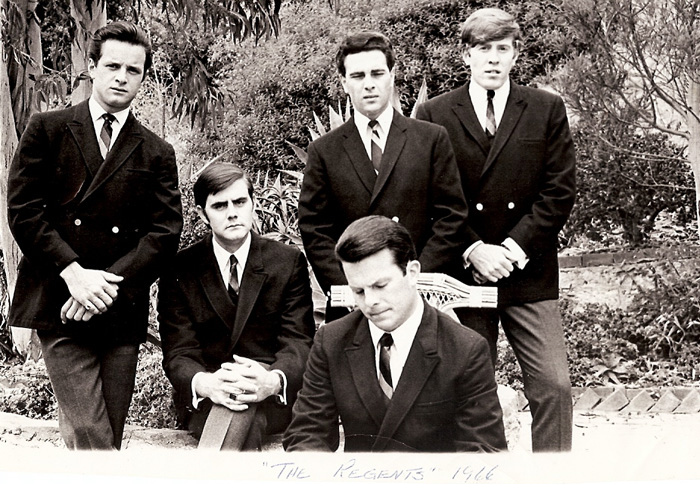
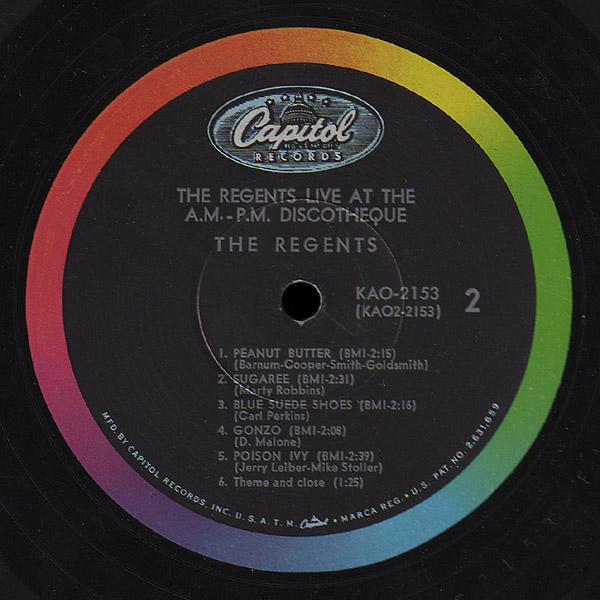


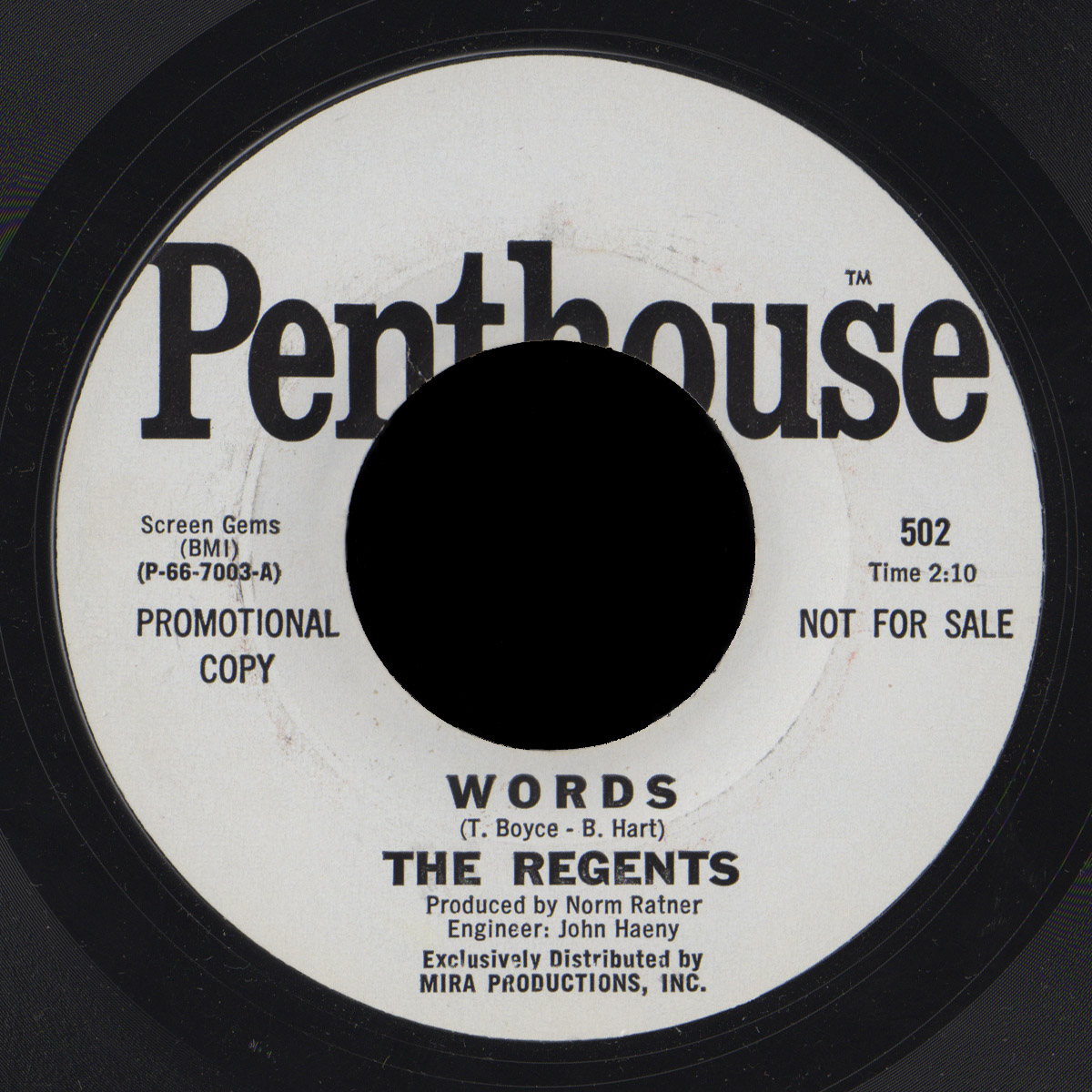
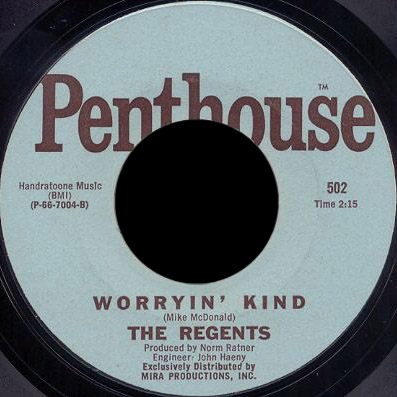
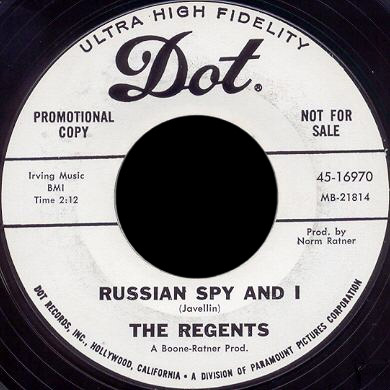
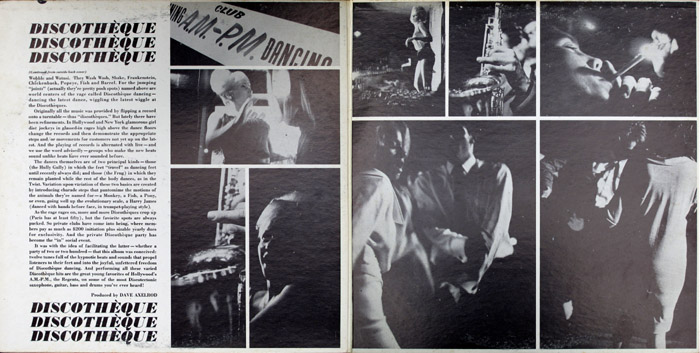

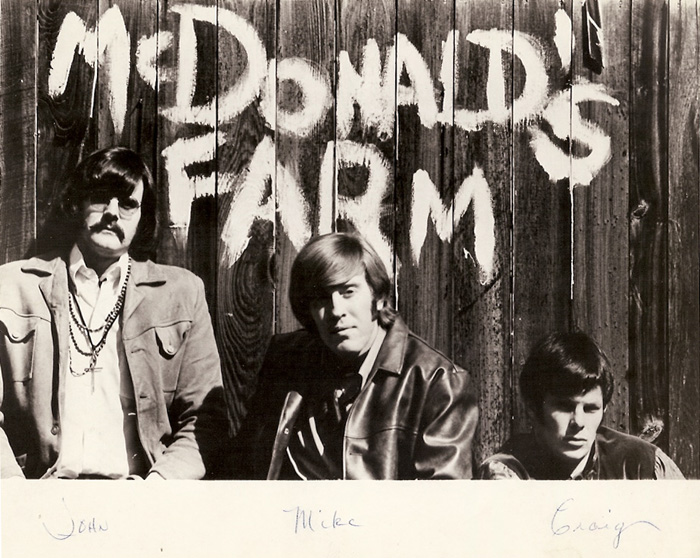
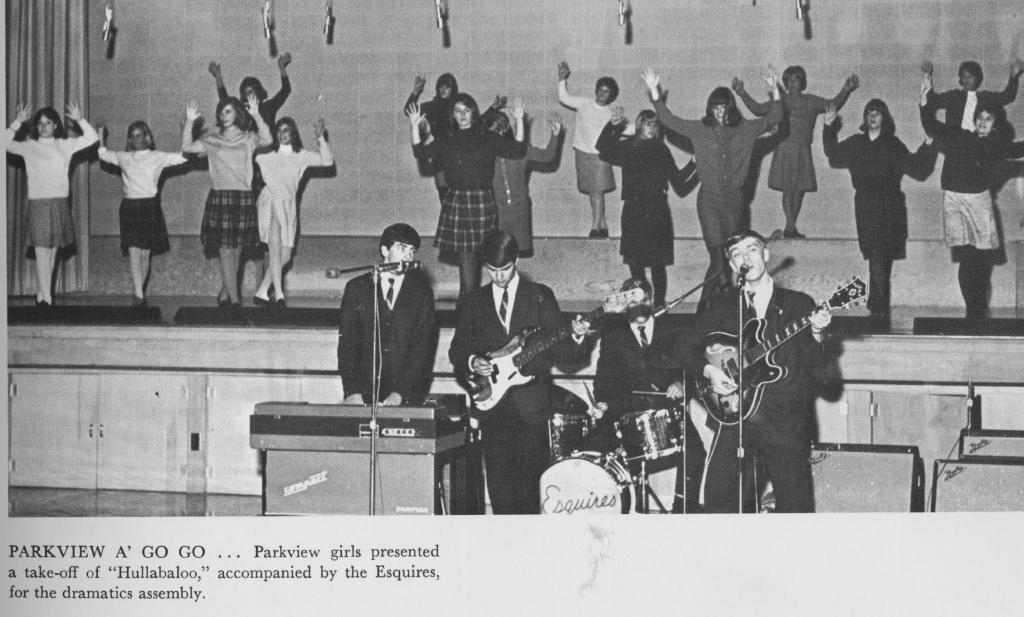
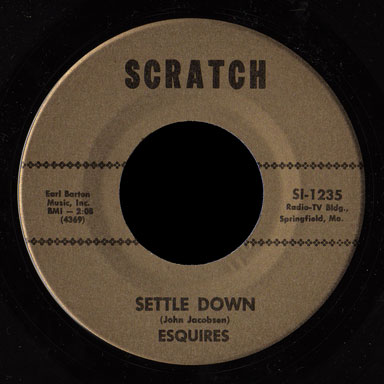
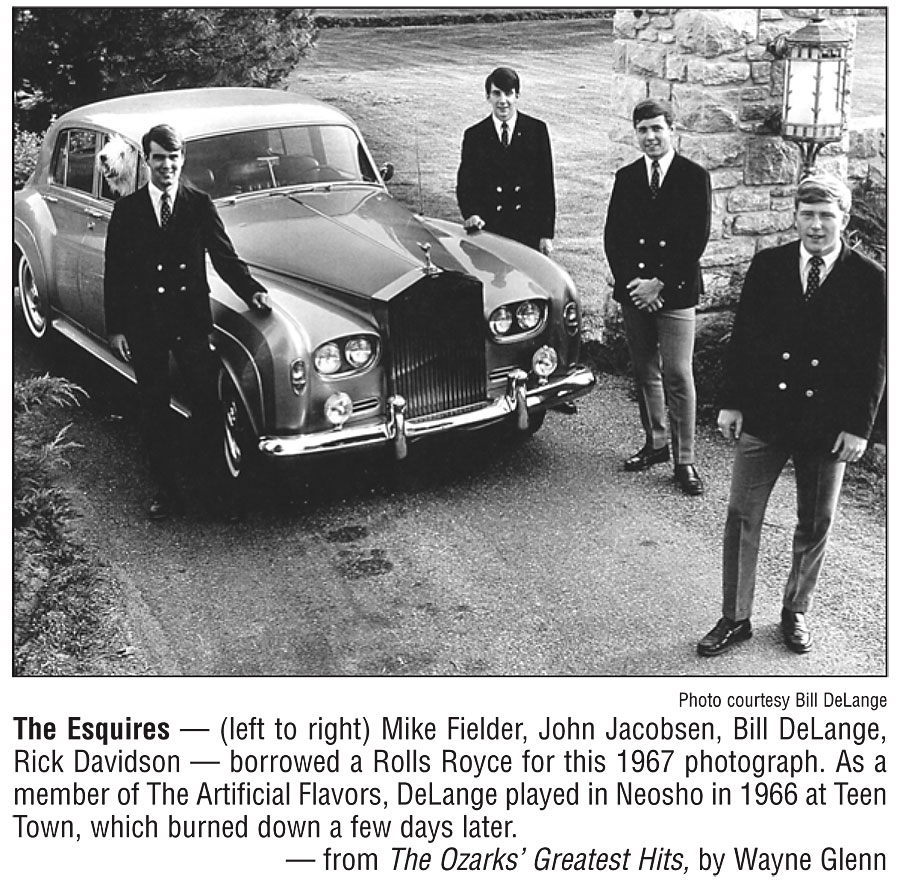
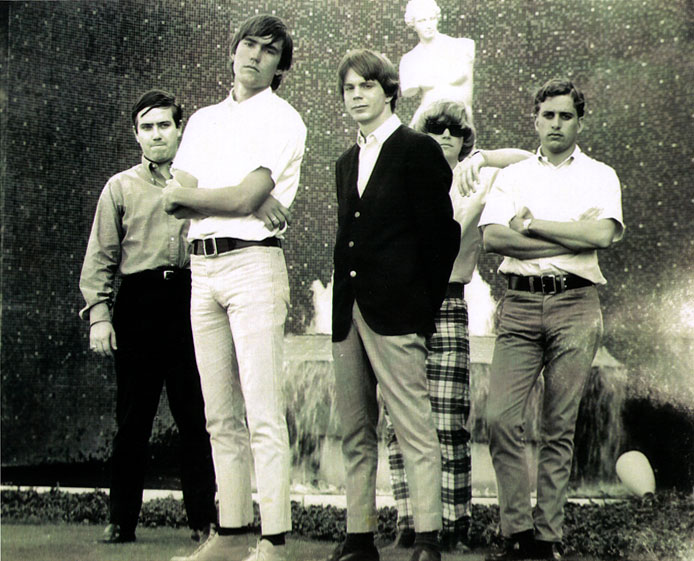
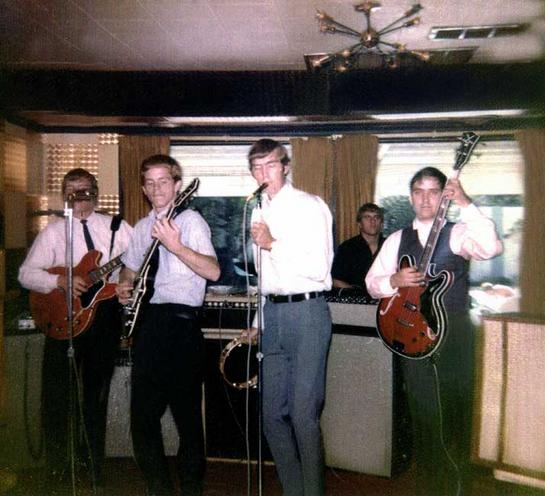
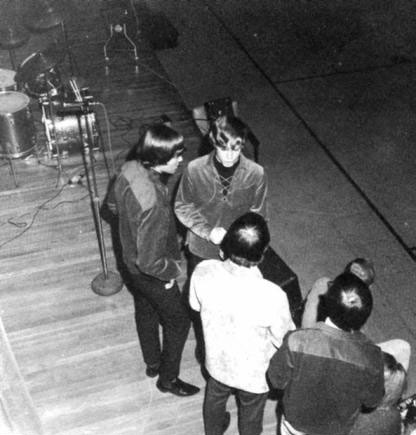

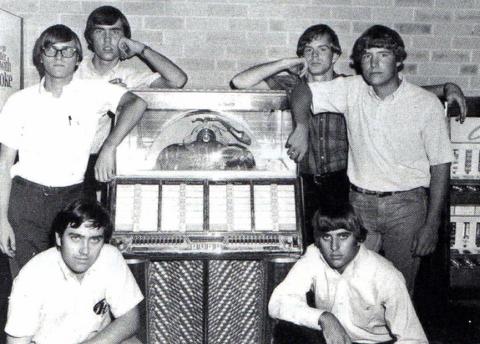

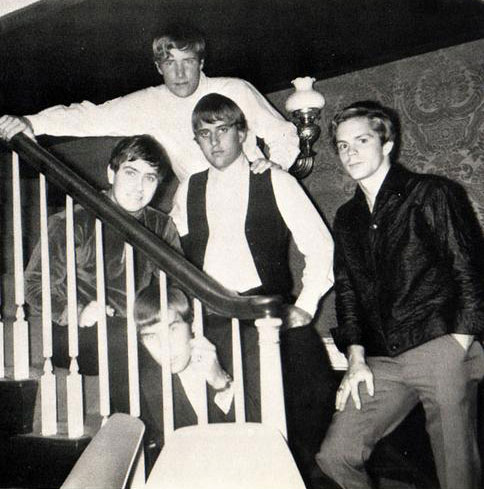
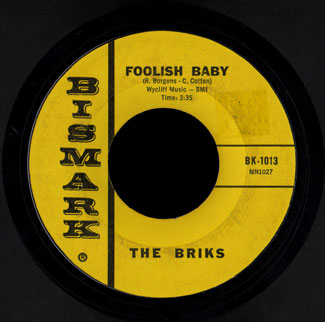
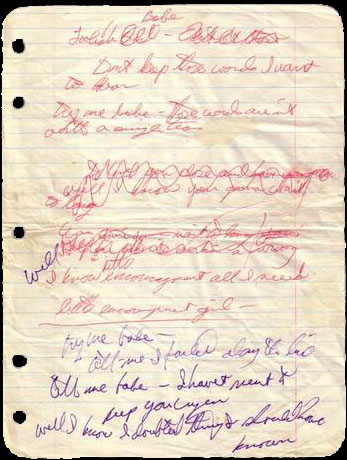
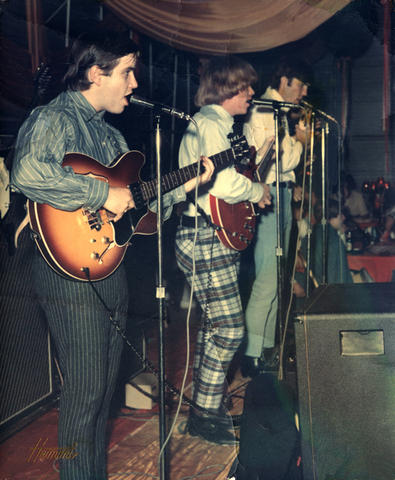

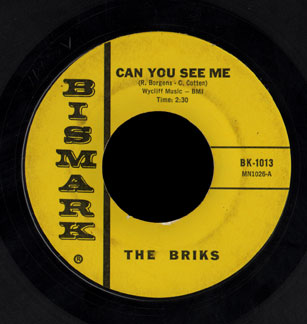
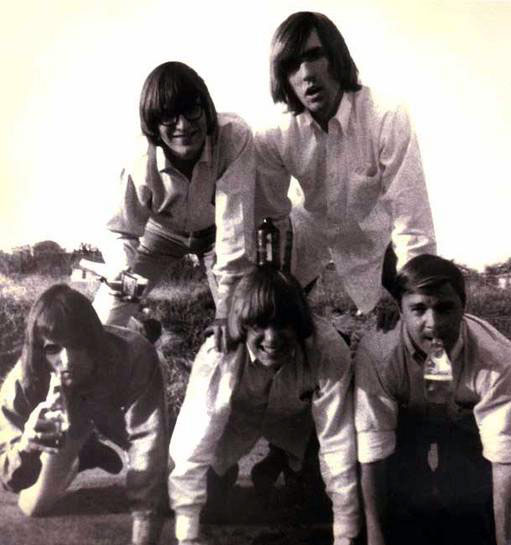
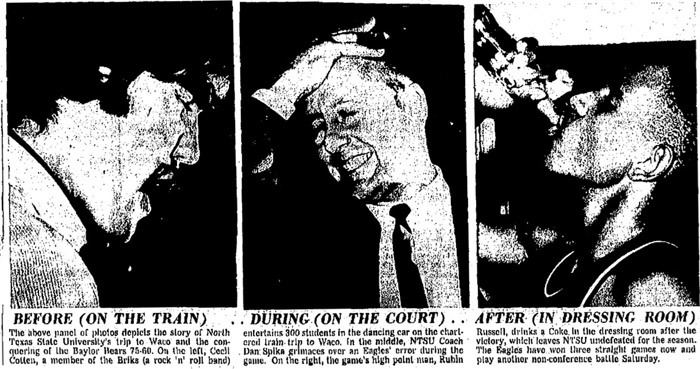
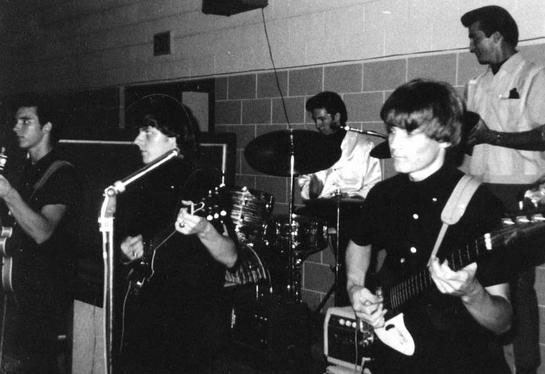
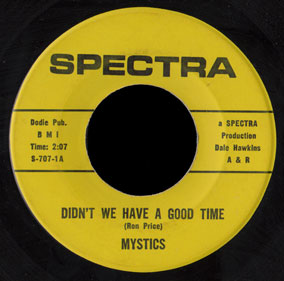 The Mystics came out of the Oak Cliff neighborhood of Dallas, Texas. Members were Ron Jobe vocals, David Mitchell bass, Robert Farris and Danny Fugate on guitars, and Glenn Struble on drums. Their original name was the Glorytones, and they often played the Heights Theater.
The Mystics came out of the Oak Cliff neighborhood of Dallas, Texas. Members were Ron Jobe vocals, David Mitchell bass, Robert Farris and Danny Fugate on guitars, and Glenn Struble on drums. Their original name was the Glorytones, and they often played the Heights Theater.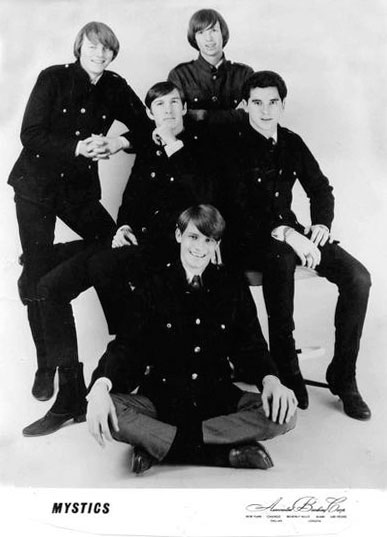 The 45 reached #1 on Dallas stations KLIF, KBOX (see survey
The 45 reached #1 on Dallas stations KLIF, KBOX (see survey 